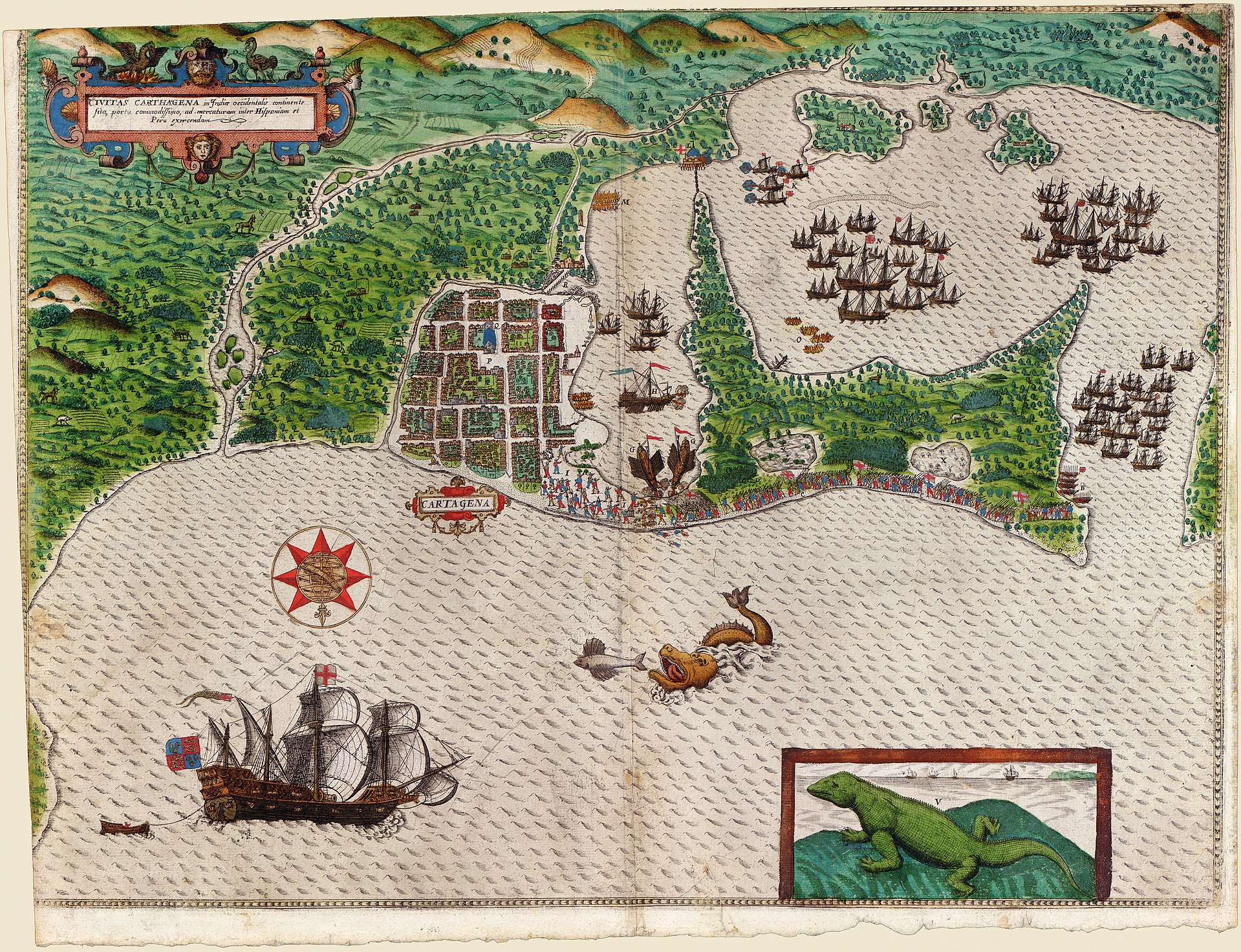On Wilder Seas is the story of Maria, the only woman aboard the Golden Hind with Sir Francis Drake during his circumnavigation voyage. Inspired by an eye-witness account describing Drake’s raid of a ship off the Pacific coast of New Spain, the unknown sailor tells us: “Drake tooke out of this ship… a proper negro wench called Maria which was afterward gotten with child between the captain and his men pirates and sett on a small iland to take her adventures.”
Although other eye-witnesses add some few details, this fleeting reference is pretty much all we know about Maria. All we can be sure of is that she joined the Golden Hind on April 4, 1579 from the ship of Spanish nobleman Don Francisco de Zarate; she was aboard for Drake’s exploration of North America and his aborted attempt to find the Northwest Passage above America; and that she was abandoned, heavily pregnant, on an island in the East Indies, eight months later on December 12.
In writing Maria’s story, I set myself the challenge of sticking to the facts, where they could be ascertained, and fictionalising in the space between them. But I soon found that when it comes to Drake’s famous voyage, facts are few and far between.
Histories of the Golden Hind are based on the earliest published accounts: the first appeared in 1589, in Richard Hakluyt’s Principall Navigations, Voyages and Discoveries of the English Nation. A fuller account, The World Encompassed, was published by Drake’s nephew in 1628. Both were heavily censored; Maria is not mentioned in either of them. Another episode: the trial and execution of the officer Thomas Doughty, accused of treason and beheaded at Port San Julian in July 1578, has been heavily edited in Drake’s favour, compared to eye-witness testimony.
A further indication of the unreliability of these accounts is the mystery surrounding the location of Drake’s colony Nova Albion. In Hakluyt and The World Encompassed, the colony where Drake and his crew lived for five weeks in the summer of 1579 is located at 38° N – in California, where Drake’s Bay is today. But eye-witnesses placed it at 44°-48°N – between Oregon and Vancouver. This is also where it is located in contemporary maps made by cartographers who knew Drake, and on the Molyneux Globes, which were first unveiled in 1592 by Emery Molyneux, who knew and had sailed with Drake.
It appears that in the written accounts cleared for publication in Elizabethan England and in the following decades, the location of the colony was revised – most likely to prevent the Spaniards from learning how far north Drake had sailed, and that he had been seeking the Northwest Passage, which would give the English a shortcut route to challenge Spanish power on the American Pacific coast.
As a result, there is very little we can be sure of about Drake’s exploration of North America. While this is a problem for a historian, it is a gift for the novelist. It enabled me to fictionalise more fully in my portrayal of Drake in Nova Albion; it is where Maria’s story can live and breathe.
Thus, in my novel, Drake’s colony is sited on or near Vancouver Island, rather than California. I explored the idea of first contact between Drake’s English sailors and the First Nations peoples in this part of North America – but seen purely through the eyes of a woman unconnected to either culture. It gave me the freedom to imagine a far more shocking end to the colony than is suggested by the sources.
As for Maria’s fate, she sailed on from Nova Albion to cross the Pacific Ocean with Drake. The historical record leaves her about to give birth on Crab Island, 1 degree 40 minutes south of the equator, just east of Sulawesi. We cannot know if she survived the birth, or the exposure on a waterless, deserted island.
Here then, was another gap in the record – and one I was glad to fill with my own interpretation. I believe there was something special about Maria: it can be seen in the space between the facts; in what is left unsaid in the records. Something about her was sufficiently compelling that Drake defied his own rule forbidding women on his ships – uniquely in her case – and permitted her to stay aboard for so long. During the course of my research, I learned about so many courageous, ingenious and resourceful women, living lives like Maria’s in the colonial New World. They gave me the confidence to trust in Maria’s ability to overcome her situation – and imagine her forging an alternative ending for herself than the historical facts suggest.
This article first appeared on Tony Riches’ blog
